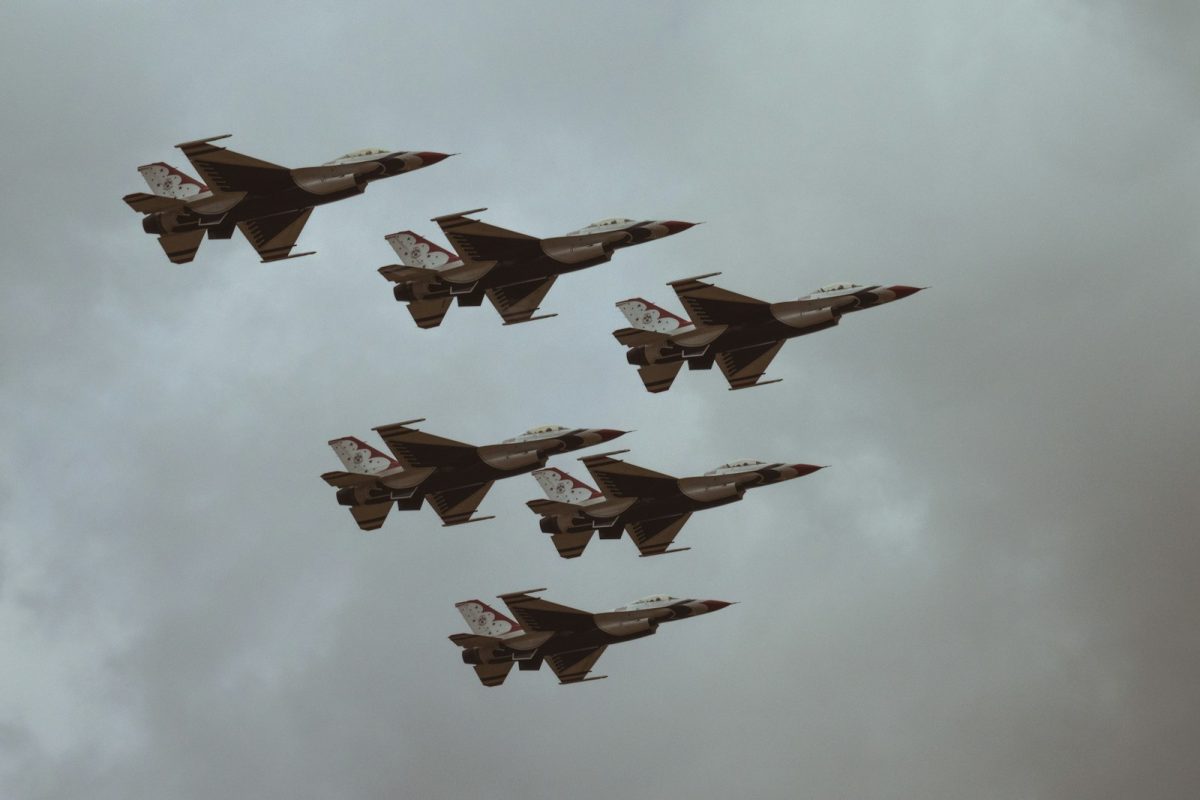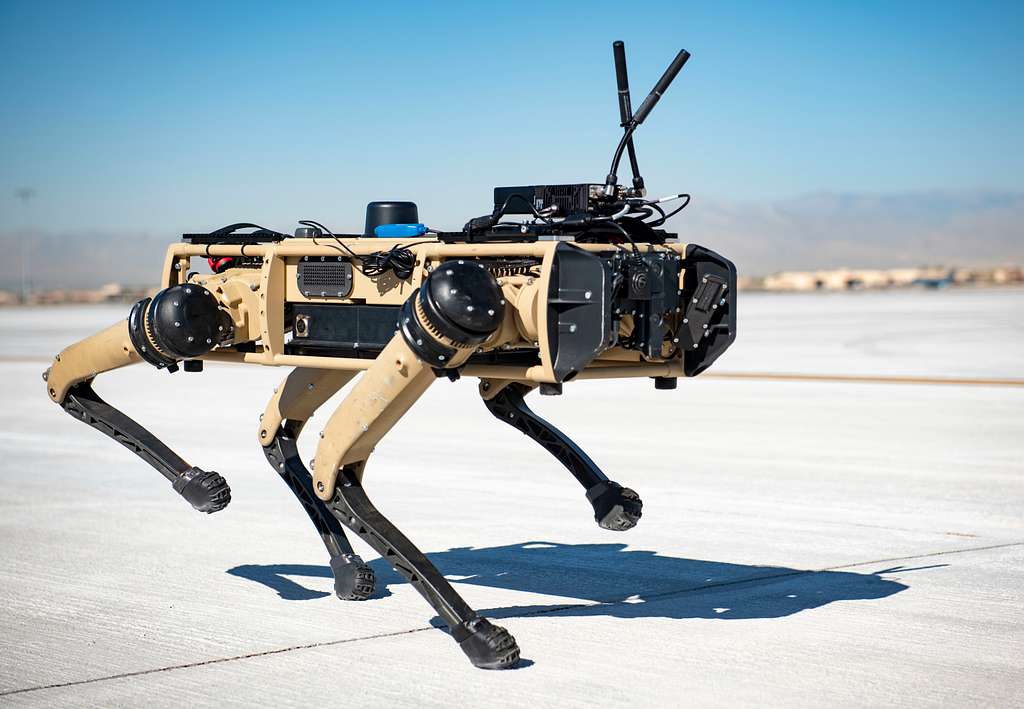Drones, also known as Unmanned Aerial Vehicles (UAVs) or Unmanned Combat Aerial Vehicles (UCAVs) when armed, have become a major force in modern warfare. They offer a range of advantages over traditional manned aircraft including, lower cost, reduced risk, increase flexibility, and persistent surveillance. Drones are generally cheaper to develop, operate, and maintain than bombs and other manned aircraft. Also, no human pilots are put at risk when flying drones, which can be especially important in high-threat environments. Drones are can be smaller and more maneuverable than manned aircraft, allowing them to operate in more confined spaces and perform more precise tasks. Drones can also stay airborne for extended periods, providing continuous surveillance of an area.
 These advantages have led to the widespread adoption of drones by militaries around the world. Drones are now used for a variety of missions, including surveillance and reconnaissance, target acquisition and tracking, strike missions, logistic and resupply, and electronic warfare. Drones can be used to gather intelligence on enemy positions, activities, and capabilities. Drones are also used to identify and track targets for other weapons system, such as artillery, and can also be used for attacks on enemy targets. Drones can be used to deliver supplies to troops in the field and also jam enemy communications.
These advantages have led to the widespread adoption of drones by militaries around the world. Drones are now used for a variety of missions, including surveillance and reconnaissance, target acquisition and tracking, strike missions, logistic and resupply, and electronic warfare. Drones can be used to gather intelligence on enemy positions, activities, and capabilities. Drones are also used to identify and track targets for other weapons system, such as artillery, and can also be used for attacks on enemy targets. Drones can be used to deliver supplies to troops in the field and also jam enemy communications.
Despite their benefits, drones have prompted serious and strategic concerns that warrant attention. The distance between operator and battlefield can blur the lines of responsibility for behavior, possibly leading to less discriminate use of force. Their reliance on complex technology creates weaknesses to hacking and jamming, and their growing and spreading to violence.
In the end, drones are a powerful tool, but their hit/effect on warfare is many-sided. Though these proposals possess potential benefits and even life-saving possibilities, it’s crucial to critically examine their ethical and practical implications before implementation to ensure responsible use.
Related Stories :
https://government.cornell.edu/news/drones-modern-war-evolutionary-or-revolutionary
https://www.wsj.com/world/drones-are-changing-the-way-wars-are-fought-b6cb4c46
https://www.zenadrone.com/drones-impact-the-future-of-military-warfare/
Take Action:
https://www.zenadrone.com/drones-impact-the-future-of-military-warfare/
https://netivist.org/debate/drone-strikes-pros-and-cons
https://www.quora.com/What-are-the-pros-and-cons-of-using-drones-in-warfare-and-counter-terrorism
https://press.umich.edu/Books/D/Drones-and-Support-for-the-Use-of-Force






